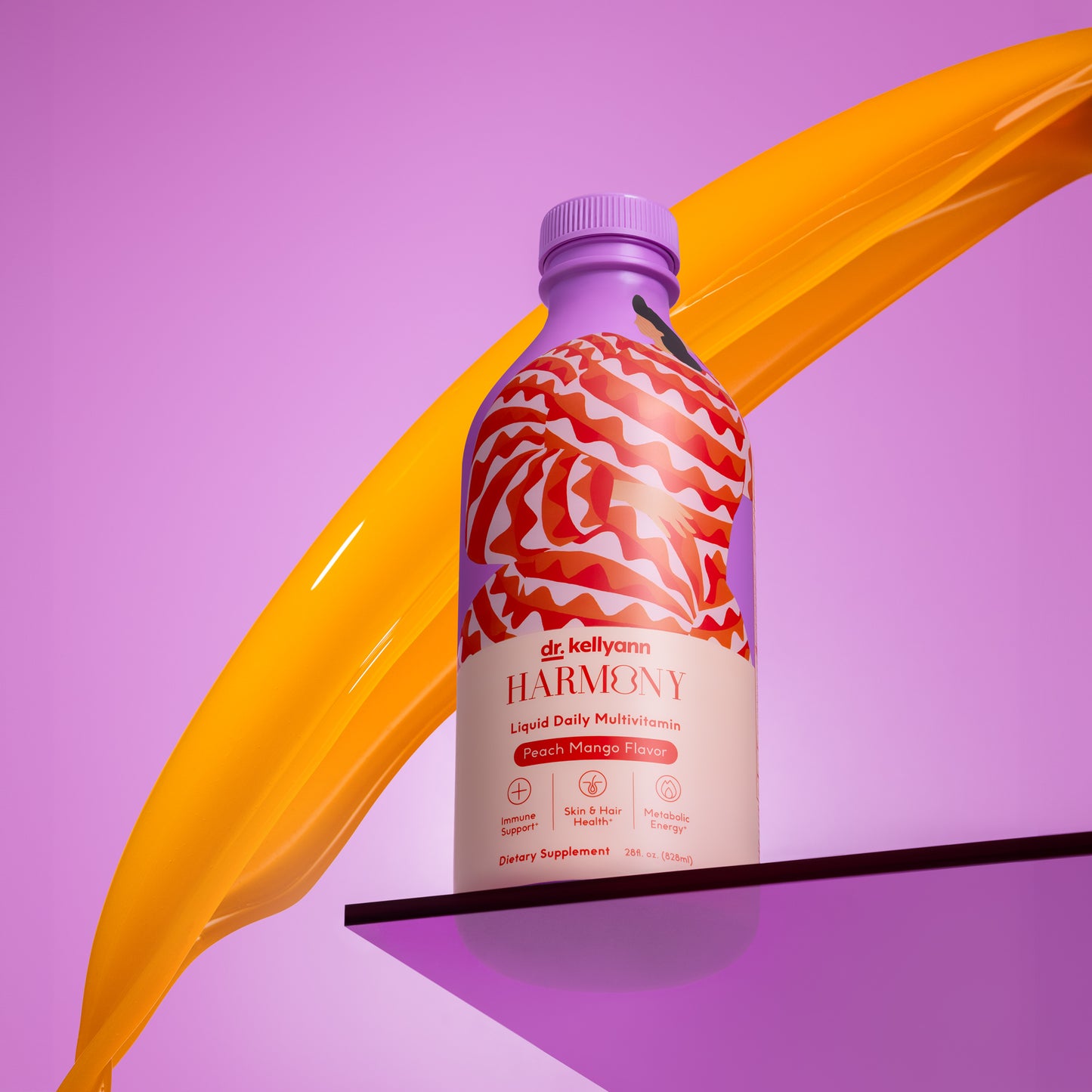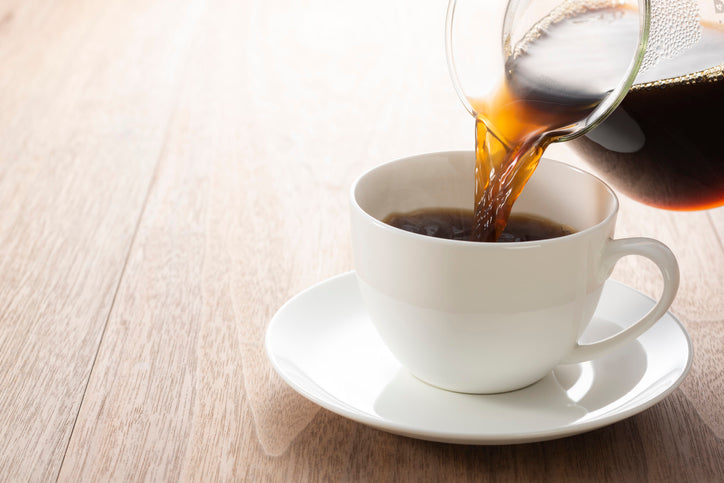
What’s in Your Salt Shaker?
Nothing makes the flavor of meat, eggs, and veggies sing like adding a little dash of salt to them. Good chefs know that salt enhances sweet and savory tastes and even makes food smell better.
And if the scare-mongering about sodium has you hesitant to salt your food, don’t be! While the standard American diet is overloaded with sodium, a real-food diet contains just enough of this vital nutrient to keep you healthy. So unless you have a kidney problem or another health problem that requires you to limit your salt, feel free to reach for that shaker.
But before you do, here’s a question for you: Is all salt alike? The answer is no.
If you’re using the standard table salt you buy at the grocery store, here’s something you need to know. That salt is heavily processed, it’s bleached and stripped of healthy minerals, and it also contains anti-caking ingredients including aluminum. In addition, table salts that are iodized may contain ingredients like dextrose (yes, that’s sugar) to prevent the iodine from degrading.
I don’t know about you, but that’s more junk than I want in my salt. That’s why I prefer two other choices: Himalayan salt and Celtic sea salt. Here’s a look at each one.
· Himalayan salt is a beautiful pink color because it contains iron oxide. It’s mined by hand, it’s rich in trace minerals, and it’s unprocessed except for being crushed.
· Celtic sea salt is a light gray color, and it’s slightly moist. Found off the northern coast of France, it’s harvested by hand and unprocessed except for crushing. Like Himalayan salt, it contains a wide range of trace minerals and it’s free of additives.
Because these salts contain a balance of minerals, they’re far better for your body than salt containing only sodium. For instance, while table salt draws water out of your cells—leaving them flabby and leading to bags under your eyes—the minerals in Himalayan and Celtic salts draw water into your cells, making the skin under your eyes look smoother and younger.
Replacing your table salt with Himalayan or Celtic salt is an easy task. You can get either one in fine grinds (for your shaker) or course grinds (to use where you’d use kosher salt). Both salts have a lovely flavor, and if your taste buds are sensitive, you’ll appreciate the absence of the additives that make table salt taste a little “off.”
One important thing to know, however: While table salt is fortified with iodine, Himalayan salt and Celtic salt aren’t. Thus, you’ll need to get your iodine from other foods or supplements. Fish, dairy, eggs, and seaweed (my favorite seaweed is SeaSnax) are good sources, and most all-purpose vitamin-mineral supplements contain iodine as well.
And here’s another tip: Buy Himalayan or Celtic salt in bulk to cut down on the cost. Even then, it’ll be a little pricier than table salt… but isn’t it worth a few pennies to be healthier and get rid of those pesky under-eye bags?








